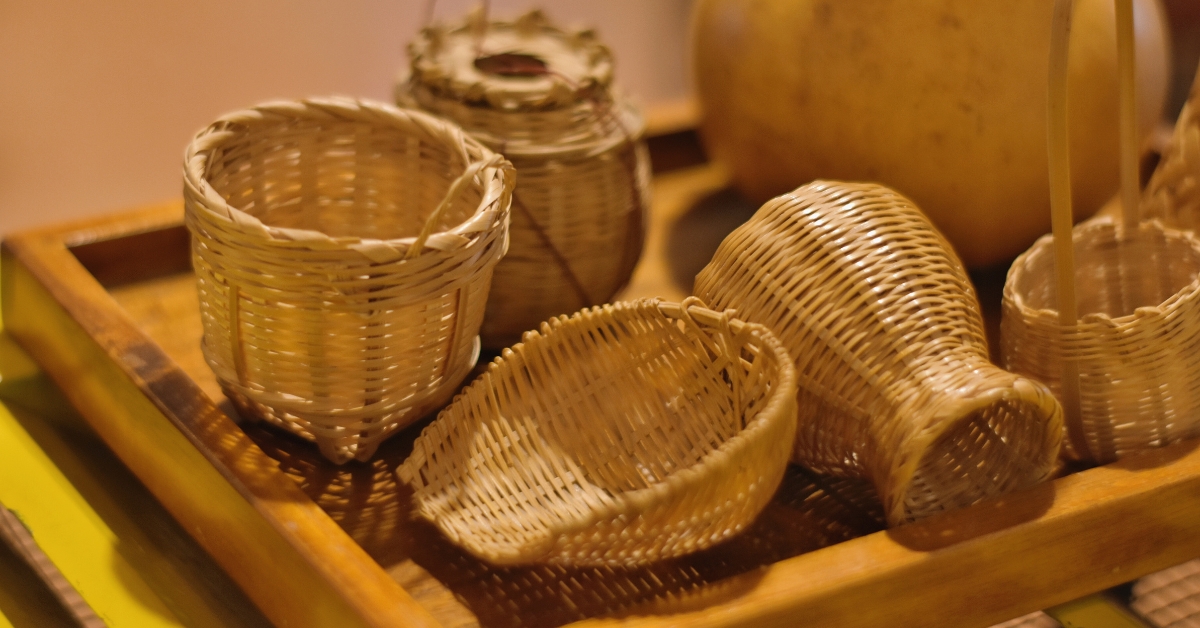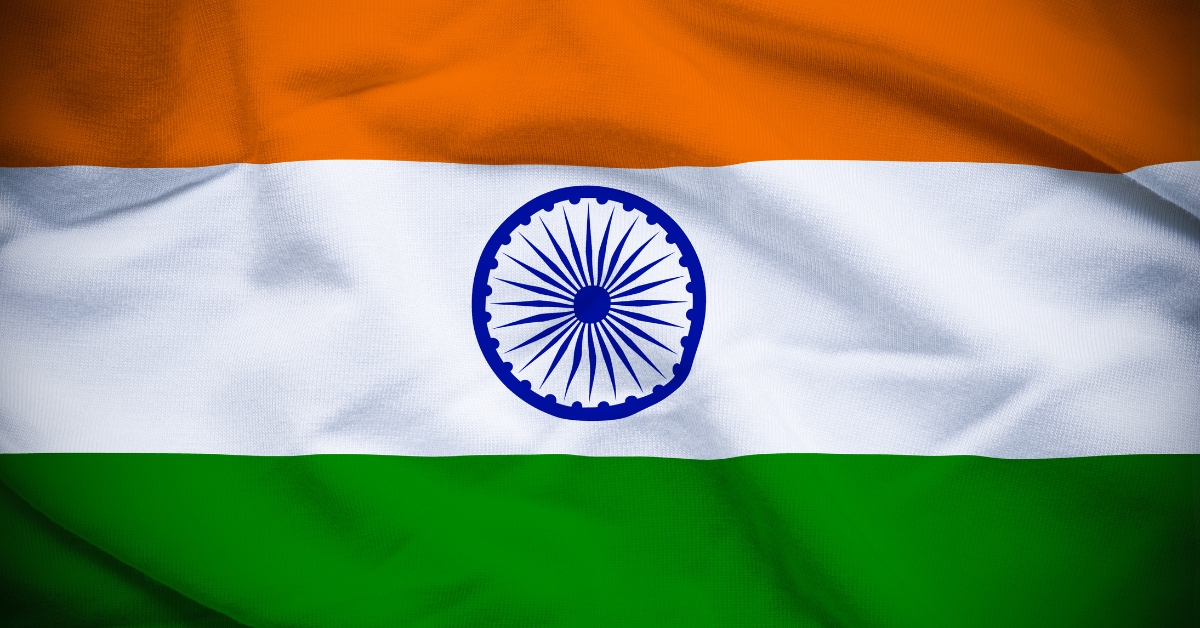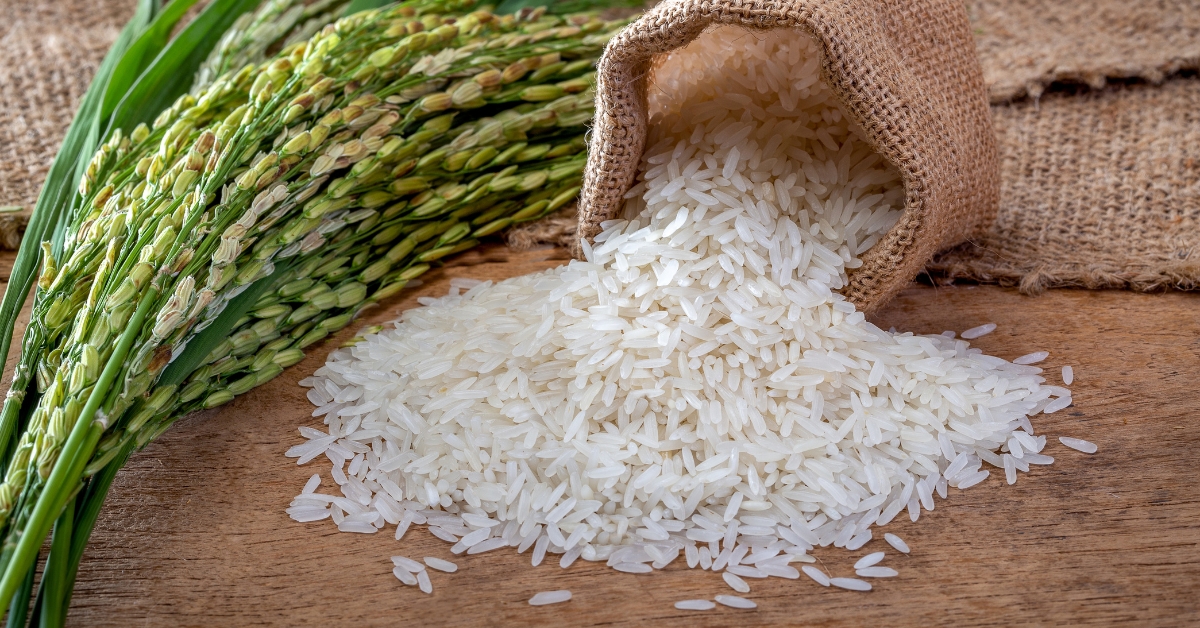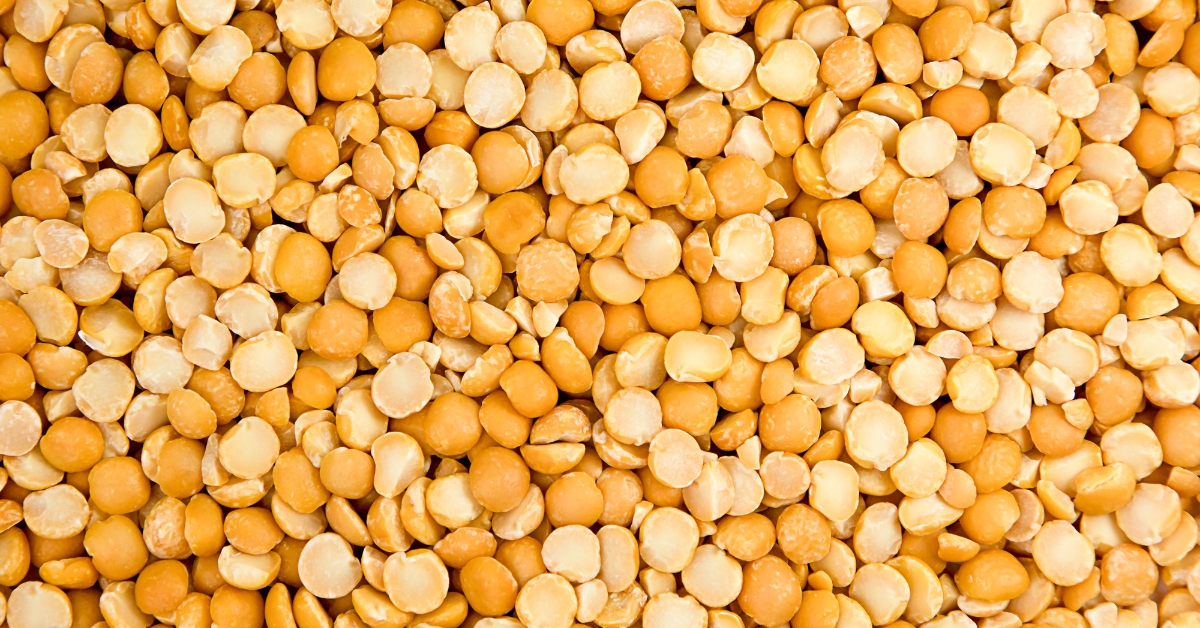Dive into India’s top 7 profitable export products and discover how they shape global markets. Learn how to capitalize on these lucrative opportunities.
Table of Contents
Introduction: India’s Timeless Export Legacy
India’s history as a global trading powerhouse dates back thousands of years.
From the bustling ports of ancient times, where merchants traded spices and silk, to the digital landscapes of today powered by IT exports, India’s contributions to global trade are vast and dynamic.
Today, the story continues, with Indian businesses playing a vital role in international markets.
India offers countless opportunities if you are an aspiring exporter or a seasoned entrepreneur looking to expand your reach.
In this guide, we will explor 7 highly profitable products to export from India, highlighting how these goods are not just commodities but cultural and economic bridges between nations.
1. Spices: Aromatic Gold That Never Goes Out of Style
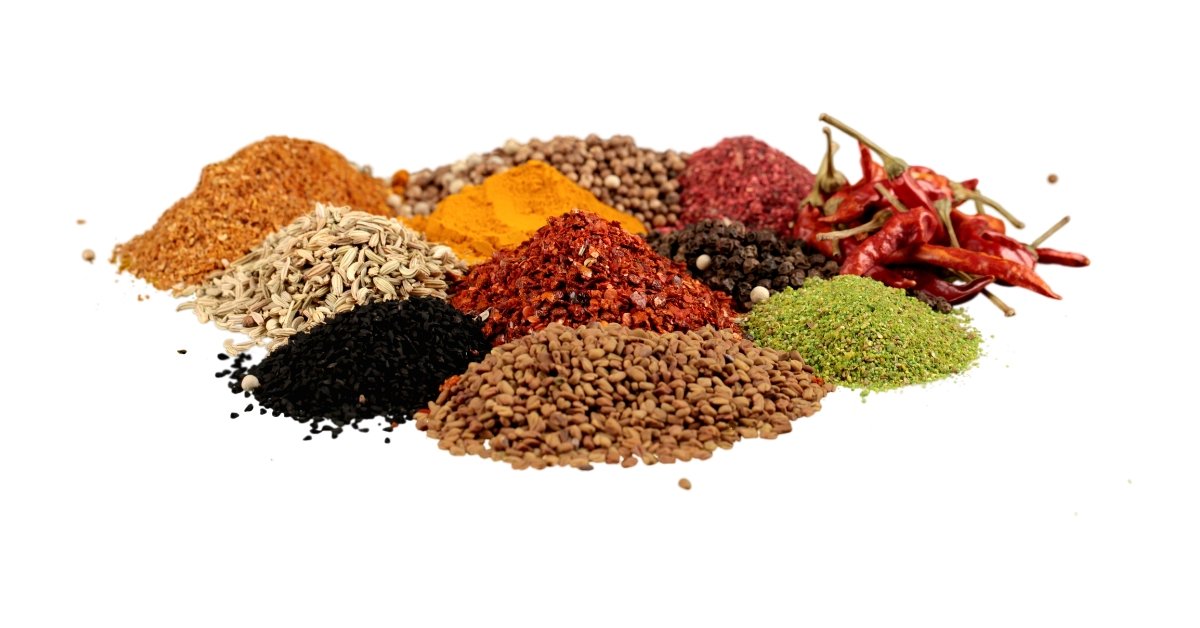
For centuries, India has been the epicenter of the global spice trade, earning its title as the “Land of Spices.”
Think of the bold flavor of black pepper or the golden hue of turmeric—Indian spices have a way of transforming simple dishes into culinary masterpieces.
Today, the demand for Indian spices remains robust, particularly in markets like the USA, UAE, and Germany, where authentic and organic spices are highly prized.
For example, Everest Spices is one of India’s largest spice exporters.
Everest Spices has successfully penetrated over 50 countries with its range of high-quality masalas.
Their success lies in catering to the evolving tastes of global consumers while maintaining authenticity.
For new exporters, focusing on organic and sustainably sourced spices can provide an edge in increasingly health-conscious markets.
2. Textiles: Weaving India’s Legacy Across Continents
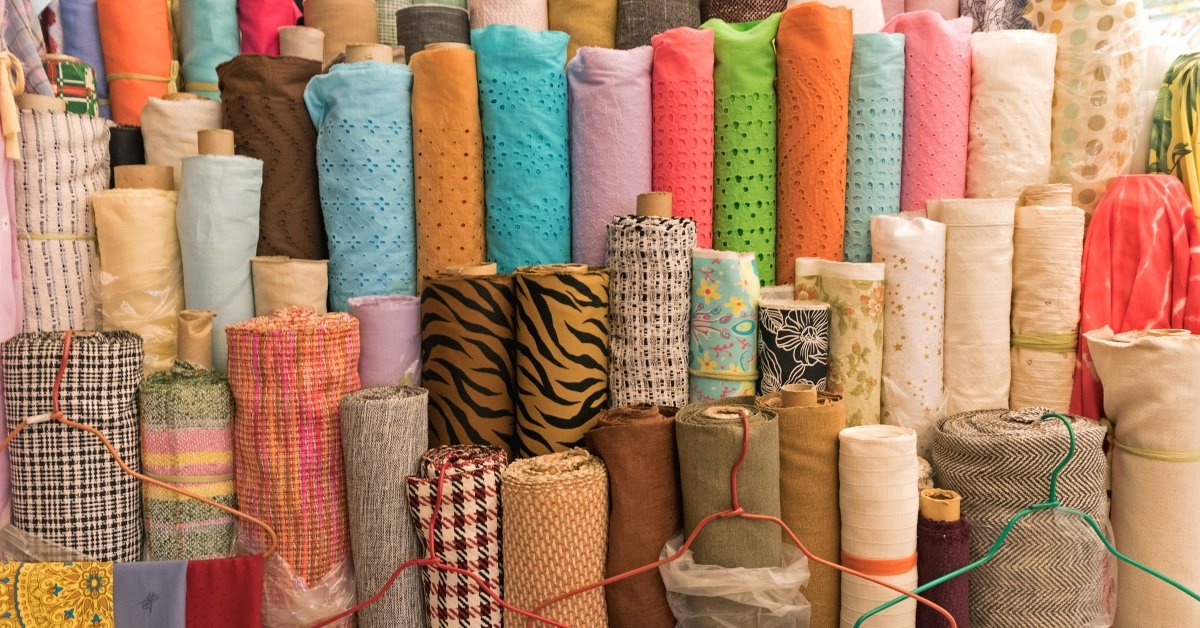
Indian textiles are a timeless export, bridging the gap between heritage and modernity.
From silk sarees’ soft elegance to jute fabrics’ rustic charm, Indian textiles are a favorite in global fashion and home décor industries.
The sustainable fashion movement has further amplified the demand for organic cotton and handwoven materials.
Countries like the USA, UK, and Germany remain key markets for these products.
A remarkable example is FabIndia, a brand celebrating India’s handloom heritage while catering to modern tastes.
FabIndia’s global success proves that the world appreciates textiles with a story, a sense of tradition, and a sense of sustainability.
Exporters can find immense opportunities by tapping into niche markets, such as eco-conscious consumers who value handmade goods.
3. Pharmaceuticals: Making Healthcare Affordable Globally

India’s pharmaceutical industry is not just about profits but about impact.
During the COVID-19 pandemic, Indian companies like Serum Institute of India and Cipla played a crucial role in supplying vaccines and life-saving drugs to needy countries.
This sector thrives on affordable production costs and world-class quality standards.
With countries like the USA, South Africa, and Brazil heavily reliant on Indian generics, there is no shortage of opportunities for new players to enter the market.
For exporters looking to stand out, exploring niche areas like Ayurvedic formulations and herbal medicines can open doors to new consumer segments.
4. IT Services: Powering the World’s Digital Transformation

Imagine a tech startup in Silicon Valley relying on software solutions developed in India or a multinational corporation safeguarding its data with Indian cybersecurity services.
India’s IT industry, led by giants like TCS, Infosys, and Wipro, is a testament to its technological prowess.
The demand for Indian IT services is growing exponentially, especially in fields like artificial intelligence, blockchain technology, and cloud computing.
For budding exporters, this sector offers endless possibilities.
By providing tailored, innovative solutions, Indian IT firms are not just participating in but leading the global digital revolution.
5. Gems and Jewelry: A Treasure Trove of Elegance

Indian gems and jewelry are more than just ornamental—they blend art, culture, and craftsmanship.
From sparkling diamonds to intricately designed gold pieces, Indian jewelry has a universal appeal.
Markets like the UAE, Hong Kong, and the USA are lucrative for these exports.
Consider the success of Tanishq, a brand that combines traditional artistry with contemporary design to cater to global audiences.
By ensuring ethical sourcing and sustainable practices, Indian exporters can align with the growing demand for responsibly produced luxury items.
6. Handicrafts: Art That Tells a Story
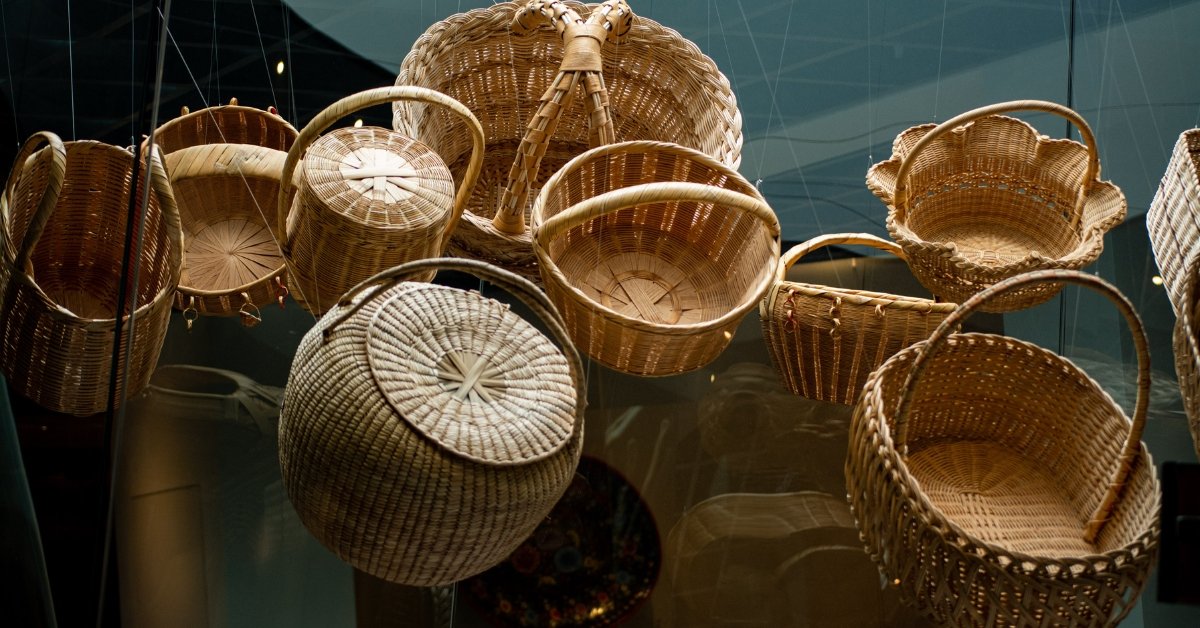
Every Indian handicraft has a story to tell, one of tradition, skill, and creativity.
Whether it is the intricate embroidery of a Kashmiri shawl or the delicate pottery of Rajasthan, these products resonate deeply with consumers who value authenticity.
For instance, the rise of Jaipur Rugs, an Indian brand that has gained international recognition for its handmade carpets.
Jaipur Rugs has boosted exports and empowered local communities by highlighting the artisans behind their products.
Exporters can emulate this model by promoting the human aspect of their products, which adds an emotional connection for buyers.
7. Seafood: Serving Freshness from India’s Coasts

India’s long coastline is more than just a scenic wonder—it is a source of high-quality seafood cherished worldwide.
Shrimp, crabs, and fish from India are staples in international cuisines.
For example, Avanti Feeds, a leading seafood exporter, has built a reputation for quality and sustainability, catering to markets like Japan, the USA, and China.
With increasing awareness of sustainable fishing practices, Indian seafood exporters can gain a competitive edge by adhering to eco-friendly standards.
This not only attracts conscientious buyers but also ensures long-term profitability.
How to Start Your Export Journey
Entering the export business may seem daunting, but with the right strategy, it is a path full of potential.
Begin by researching your target markets and understanding their specific needs.
For example, if you export textiles to Europe, emphasize eco-friendly and sustainable options, which resonate well with European consumers.
Focus on building relationships with buyers, maintaining high-quality standards, and staying adaptable to changing trends.
Platforms like APEDA (Agricultural and Processed Food Products Export Development Authority) and Export Promotion Councils can provide valuable resources to help you navigate the complexities of global trade.
Conclusion: India’s Global Journey Awaits
India’s export story celebrates its diversity, creativity, and ingenuity.
Whether it is the spices that add flavor to life, the textiles that weave cultural connections, or the IT solutions that power global businesses, India’s offerings to the world are as vast as they are valuable.
The opportunities are immense for aspiring exporters, but the key lies in understanding your product and market and consistently delivering value.
As you embark on your export journey, remember that every product you send abroad is not just a commodity but a piece of India, a story that connects our nation to the world.
Explore more articles on our blog to gain deeper insights and practical tips.
The world is waiting for what you have to offer—start today!
Final Thought
“Exports are not just about trade; they are about bridging cultures, creating opportunities, and sharing India’s spirit with the world.”
